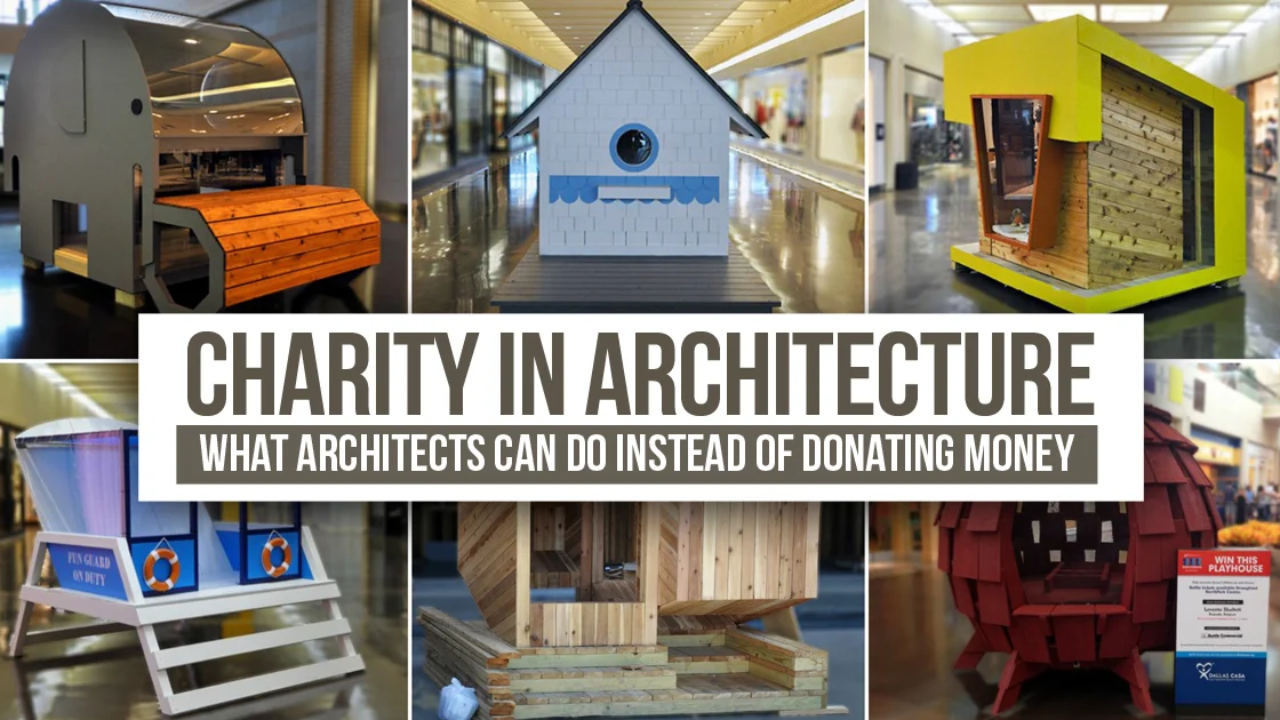
Design-based charities often play a crucial role in community upliftment, sustainability, cultural preservation, and innovation. However, securing consistent and significant international funding can be a challenge—especially when competing on a global scale. Whether the focus is on urban renewal, product design for disability, sustainable architecture, or creative education, these charities must navigate a competitive funding landscape with strategic clarity.
This article breaks down how design charities can effectively secure international funding by aligning their goals with funders’ priorities, building credibility, and showcasing impact through professional storytelling and metrics.
Overview Table: Key Strategies for Securing International Funding
| Key Area | Details |
|---|---|
| Mission Clarity | Clear articulation of mission, vision, and target outcomes |
| Impact Documentation | Visual and data-driven evidence of past and ongoing projects |
| International Partnerships | Collaborations with global NGOs, design institutions, or universities |
| Proposal Customization | Tailored applications to match each funder’s priorities |
| Digital Presence | Updated websites, social media, and design portfolios |
| Compliance & Reporting | Transparency in financials and outcome tracking |
1. Define and Sharpen Your Mission
Funders need to clearly understand what your design charity does, whom it serves, and why it matters. A vague or overly broad mission will weaken your proposal.
Action Points:
- Create a mission statement that connects design with social impact.
- Specify if your work involves sustainable housing, accessible products, design education, or cultural preservation.
- Highlight how your approach addresses an international issue like poverty, inequality, or climate change.
Example:
A design charity that creates modular shelters for refugees should frame its mission around humanitarian relief, innovation, and sustainable design.
2. Showcase Impact with Metrics and Stories
Design is a visual field—make it work in your favor. Funders want proof of concept and outcomes. Visual storytelling combined with quantitative data leaves a strong impression.
Strategies:
- Maintain a portfolio of before/after visuals, testimonials, and community interviews.
- Use impact indicators: number of lives improved, communities served, or carbon saved.
- Create annual reports with infographics to present key achievements.
Tip:
Pair compelling images with a brief narrative that explains the challenge, intervention, and result.
3. Target the Right International Donors
Not all donors will align with your cause. Focus on those supporting creative, developmental, or cultural innovation. Categories of international funders that support design-related causes include:
| Donor Type | Examples |
|---|---|
| Government Development Agencies | USAID, GIZ (Germany), DFID (UK) |
| Foundations | Gates Foundation, Ford Foundation, IKEA Foundation |
| Design-Focused Grants | Design Council (UK), Creative Capital (US), UNESCO |
| CSR Funds from Global Brands | Adobe, Autodesk, IKEA, Google |
| Cultural/Educational Exchange | British Council, Goethe-Institut, Fulbright Programs |
Tailor each grant application with specific keywords and goals aligned with the donor’s mission.
4. Build International Partnerships
Collaborations add credibility and scale. International funders prefer organizations that are embedded within larger networks.
Best Practices:
- Partner with universities, NGOs, and architectural/design firms with international standing.
- Participate in cross-border design challenges and incubator programs.
- Seek letters of support from well-known collaborators.
Case Example:
A small design nonprofit in India collaborated with MIT’s D-Lab to co-develop low-cost prosthetics. The joint visibility helped secure funding from global innovation grants.
5. Strengthen Digital Presence
Your website and social media channels act as the digital front door to international donors. A poor or outdated online presence can harm your credibility.
Key Requirements:
- A dedicated page for donors outlining your impact and funding needs.
- A digital portfolio of your design projects with visuals and user feedback.
- Active social channels showcasing live project updates and community interaction.
Invest in a modern, mobile-friendly site with secure donation options and clear navigation.
6. Master Proposal Writing and Reporting
Grant writing is an art that balances creativity with accountability. Your applications must be tailored, data-rich, and future-focused.
Tips:
- Clearly outline the problem, your innovative solution, budget, and expected impact.
- Use design-thinking terminology when relevant—funders like to see creative methodologies.
- Include a monitoring and evaluation (M&E) framework showing how you will track success.
Donors also value post-grant transparency—submit regular updates, financial reports, and visual progress documentation.
7. Be Funding-Ready
Funders often require documentation that demonstrates good governance and operational efficiency.
Essentials to Prepare:
- Legal registration and compliance certifications.
- Past audited financial reports and tax returns.
- Board of Directors information and organizational chart.
- Diversity and inclusion policies (if applicable).
Being “grant-ready” can be the deciding factor in close competitions.
8. Participate in Global Networks and Events
Attend international design fairs, NGO summits, and creative economy forums. These platforms offer exposure, networking, and sometimes on-the-spot grant opportunities.
Events to Consider:
- World Design Capital Events
- UN Habitat Assemblies
- Clinton Global Initiative
- Global Giving Summits
- Design Indaba (South Africa)
Top 3 FAQs (One-Liners)
1. How can a design charity attract foreign donors?
By aligning its mission with global priorities and showcasing high-impact, visually documented projects.
2. What documents are essential to apply for international funding?
Legal registration, financial reports, project proposals, impact metrics, and partnership endorsements.
3. Can small design nonprofits compete for global grants?
Yes—especially when they collaborate internationally and present clear, scalable solutions.
Conclusion
Securing international funding for design charities is both a creative and strategic process. Success lies in aligning with global development goals, communicating impact with clarity, and proving accountability. With the right positioning, partnerships, and presentation, even small design-focused nonprofits can tap into global resources and make a lasting impact.

